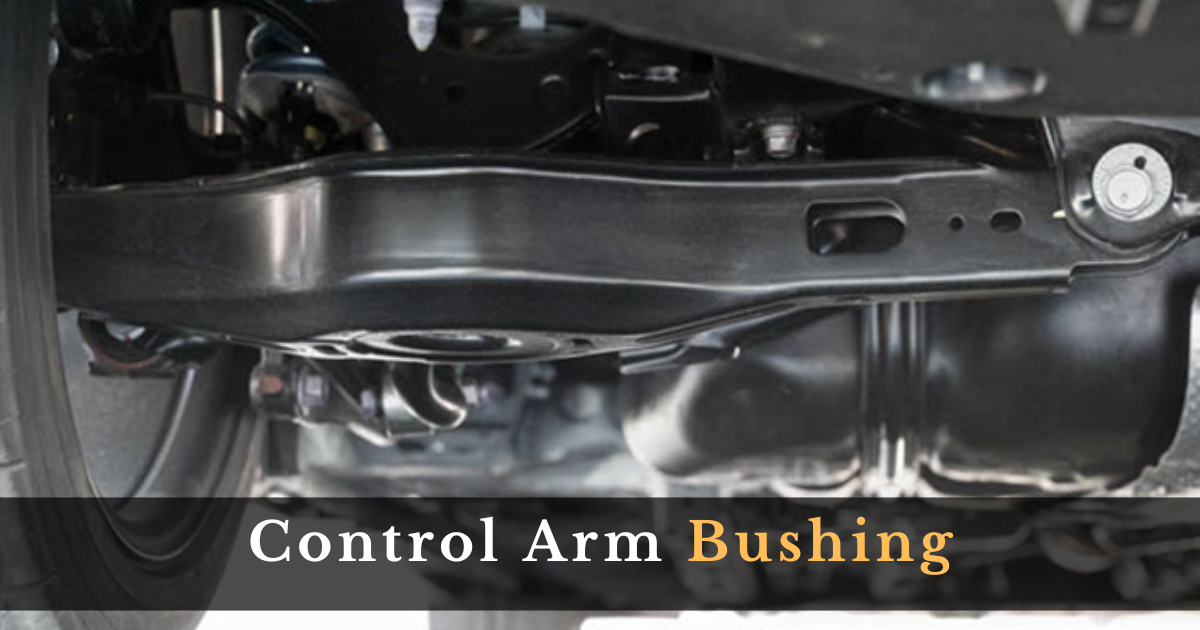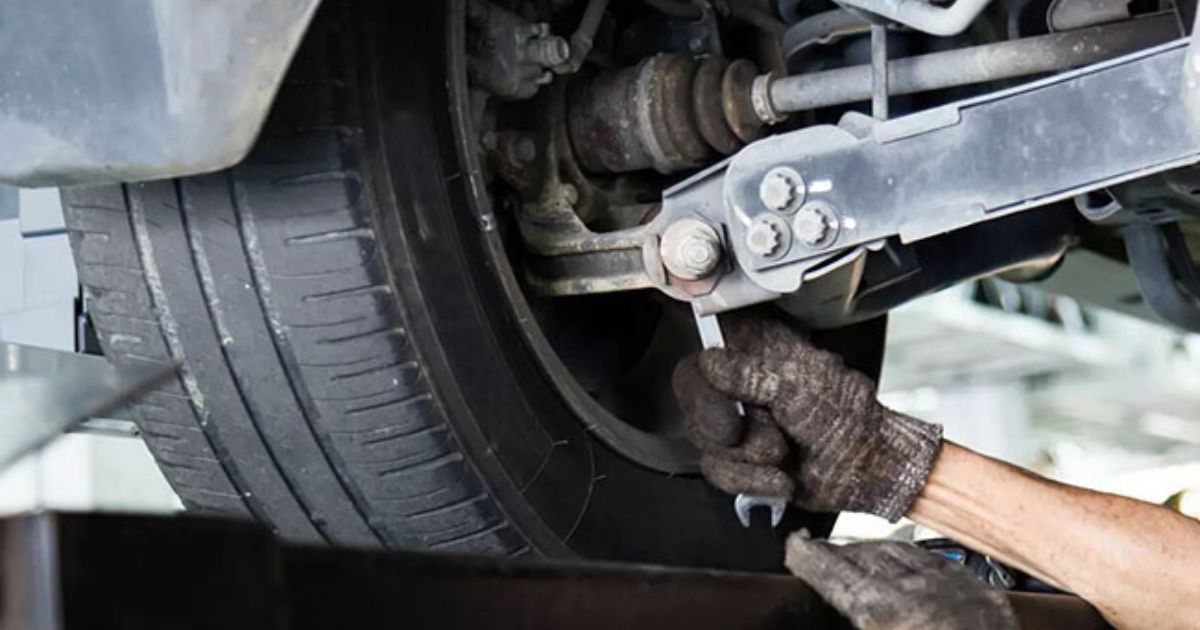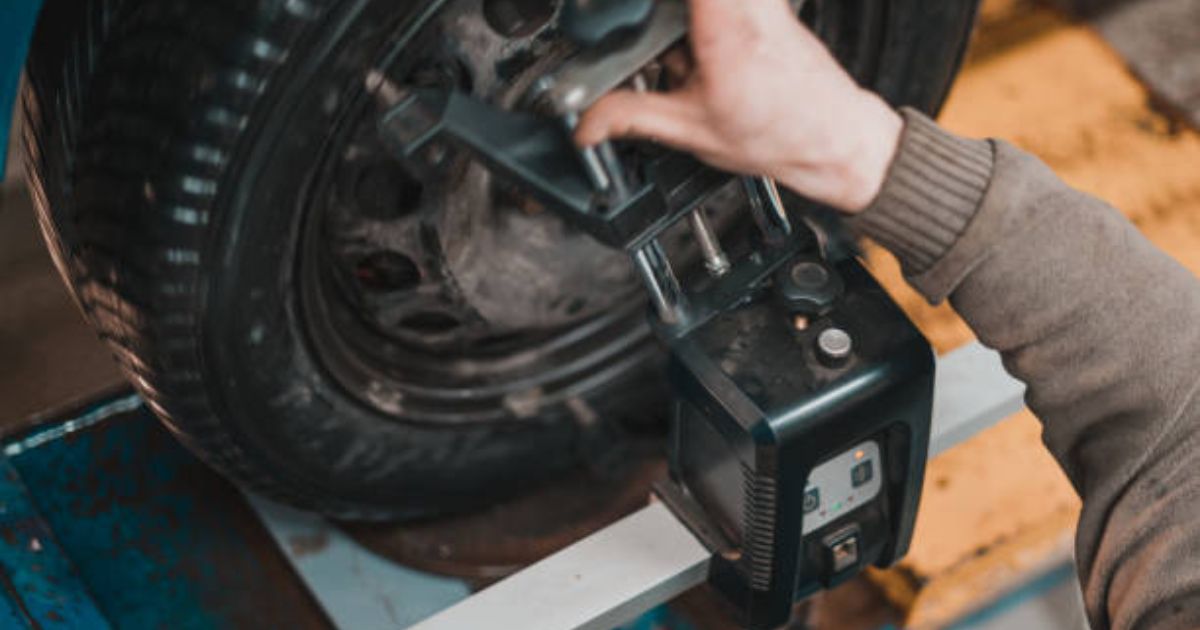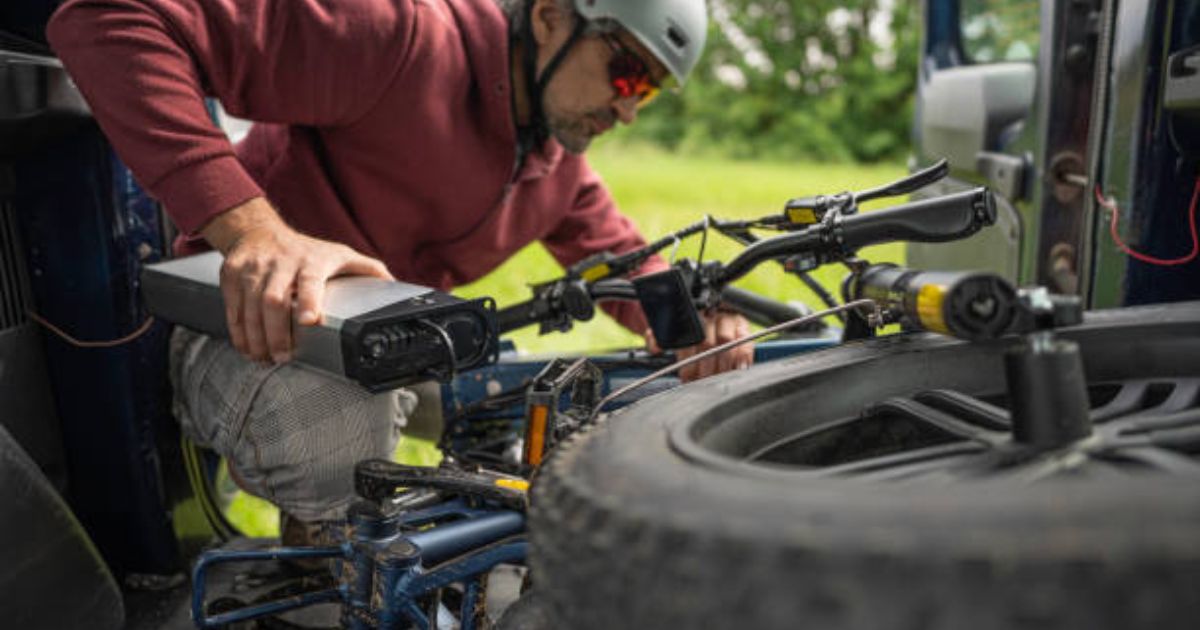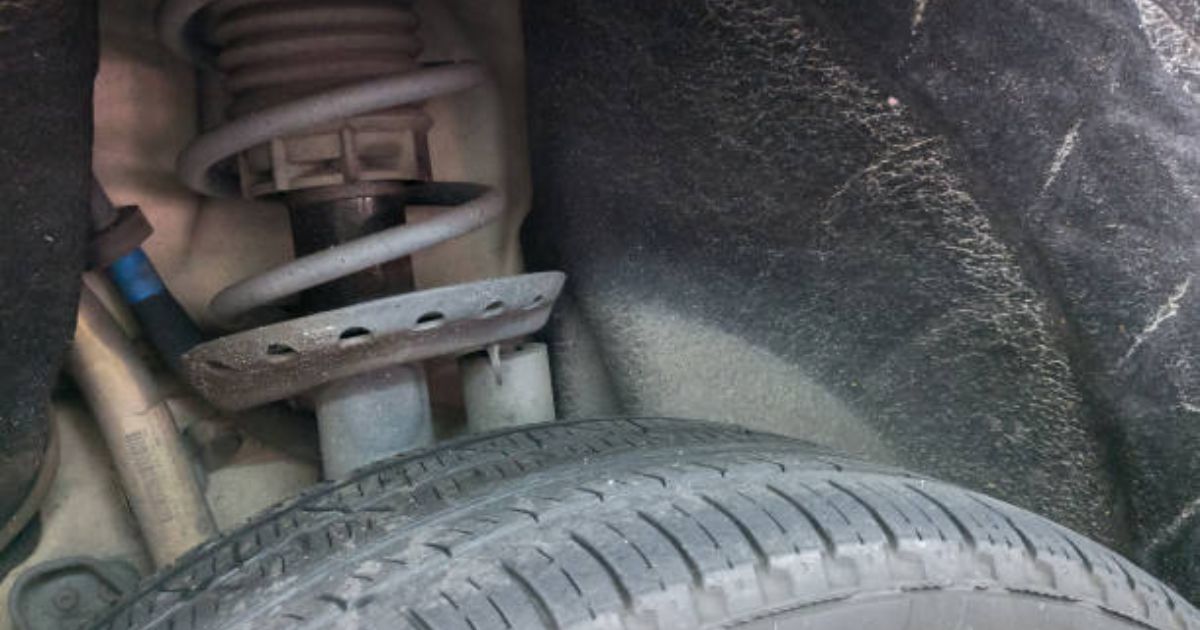Control arm bushing, When it comes to car maintenance, we often think about oil changes, tire rotations, or even replacing brake pads. But what about the smaller parts that play a huge role in your car’s performance and comfort? One such part is the control arm bushing. This little component may not get much attention, but it’s crucial for a smooth ride and stable handling.
Control Arm Bushing: Simplified Explanation
Introduction
Ever wonder what keeps your car’s wheels moving smoothly while you’re driving down the road? One crucial part is the control arm bushing. Let’s break it down in simple terms so everyone can understand what this component does and why it’s important.
Understanding the Control Arm
Think of the control arm as one of your car’s limbs. It connects the wheels to the frame of your car and helps them move up and down as you drive over bumps. This movement is crucial for a smooth ride and for keeping your wheels aligned properly.
Role of the Control Arm Bushing
Now, picture the control arm bushing as the cushion in this system. It’s a small, rubbery piece that sits between the control arm and the frame of your car. Its main job is to absorb shocks and reduce vibrations. This makes your ride smoother and keeps the control arm from wearing out too quickly.
Control Arm Bushings
| Feature | Description |
| What are Control Arm Bushings? |
These are crucial components in your car’s suspension system that connect the control arms to the vehicle’s frame. They absorb vibrations and allow for controlled movement of the wheels.
|
| Why are they important? |
Worn out control arm bushings can cause a variety of issues including:
|
| * |
– Clunking noises when turning or going over bumps
|
| * |
– Uneven tire wear
|
| * |
– A loose or wandering steering feel
|
| * |
– Reduced handling and stability
|
| When should they be replaced? |
Control arm bushings typically wear out over time due to factors like regular use, exposure to the elements, and driving conditions. They may need replacing if you experience the problems mentioned above. Consult a mechanic for a professional inspection.
|
| Types of Control Arm Bushings (in USA): |
There are two main types:
|
| * |
OEM (Original Equipment Manufacturer) – These are the exact replacements as the ones originally installed in your car.
|
| * |
Aftermarket – These are made by various parts manufacturers and may offer different materials or performance characteristics. Common aftermarket materials include polyurethane, which can offer increased handling responsiveness.
|
| Where to buy Control Arm Bushings (in USA): |
These can be found at various auto parts stores, online retailers, and specialist suspension shops.
|
Materials Used in Control Arm Bushings
Control arm bushings can be made from different materials:
Rubber: The most common and provides a good balance between comfort and durability.
Polyurethane: More durable and better for performance but can be stiffer, leading to a bumpier ride.
Metal: Less common but used in some high-performance applications where maximum durability is needed.
Types of Control Arm Bushings
There are different types of control arm bushings based on their material and design:
Standard Rubber Bushings: These are the most common and are great for everyday driving.
Polyurethane Bushings: These are more durable and are used for performance driving. They’re stiffer than rubber, which can make the ride less comfortable.
Performance Bushings: Often made from specialized materials and designed for high-stress conditions.
Signs of a Worn Control Arm Bushing
If your control arm bushing is worn out, you might notice:
Noise Issues: Clunking or rattling sounds when driving over bumps.
Handling Problems: Your car might feel unstable or wander more on the road.
Uneven Tire Wear: The tires might wear out unevenly if the bushing isn’t keeping the control arm in place properly.
Common Causes of Control Arm Bushing Failure
Control arm bushings can fail for several reasons:
Wear and Tear: Over time, the constant movement and pressure can cause the bushing to deteriorate.
Harsh Driving Conditions: Driving over rough roads or hitting potholes can accelerate wear.
Lack of Maintenance: Not regularly inspecting and replacing bushings when needed can lead to failure.
How to Inspect Control Arm Bushings
You can check your control arm bushings by:
Visual Inspection: Look for cracks or damage in the bushing.
Testing for Movement: Use a lever to see if there’s excessive movement in the bushing when the control arm is pushed.
Steps to Replace a Control Arm Bushing
If you need to replace a control arm bushing, here’s a simplified process:
Gather Tools and Materials: You’ll need a jack, wrench, and new bushings.
Lift the Vehicle: Use the jack to lift your car safely.
Remove the Old Bushing: This may require loosening some bolts and possibly using a press to push the old bushing out.
Install the New Bushing: Insert the new bushing and secure it in place with the control arm.
DIY vs. Professional Replacement
Replacing control arm bushings can be a DIY job if you’re handy with tools, but:
Pros of DIY: You save money and get the satisfaction of doing it yourself.
Cons of DIY: It can be tricky and time-consuming, especially if you don’t have the right tools.
Professional Help: If you’re not comfortable doing it yourself, a mechanic can ensure the job is done correctly and safely.
Maintenance Tips for Prolonging Bushing Life
To make your control arm bushings last longer:
Regular Inspections: Check them periodically for signs of wear or damage.
Avoiding Rough Driving: Try to avoid potholes and rough roads whenever possible.
Cost of Replacing Control Arm Bushings
The cost can vary:
DIY Costs: Typically, you’ll just pay for the bushings and maybe some tools, usually under $50-$100.
Professional Replacement Costs: This can range from $100 to $300 or more, depending on labor rates and vehicle type.
Benefits of a Healthy Control Arm Bushing
Keeping your control arm bushings in good shape can:
Improve Vehicle Stability: Your car will handle better and feel more stable on the road.
Enhance Ride Comfort: A good bushing absorbs shocks better, making for a smoother ride.
Myths About Control Arm Bushings
There are some misconceptions about control arm bushings:
Myth: Bushings Don’t Need Replacement: All bushings wear out eventually and need replacing to maintain vehicle performance.
Myth: Only High-Performance Vehicles Need Quality Bushings: Every vehicle benefits from good bushings for better ride quality and handling.
Control arm bushings might seem like a small part of your car, but they play a big role in keeping your ride smooth and your wheels aligned. Regular inspection and timely replacement can keep your vehicle handling well and riding comfortably.
FAQs
How Long Do Control Arm Bushings Last?
Typically, control arm bushings can last anywhere from 50,000 to 100,000 miles, depending on driving conditions and maintenance.
Can I Drive with a Bad Control Arm Bushing?
While you can drive with a bad bushing, it’s not recommended. It can affect your vehicle’s handling and cause more damage over time.
What Are the Symptoms of a Bad Control Arm Bushing?
Symptoms include clunking noises, poor handling, and uneven tire wear.
How Often Should I Check My Control Arm Bushings?
It’s a good idea to inspect them during regular maintenance intervals, such as during oil changes or tire rotations.
Is It Necessary to Replace Both Bushings at Once?
Replacing both bushings on a control arm is often recommended to ensure balanced performance and even wear.


